Behaviourables & Futuribles*:
i-DAT’s creative interventions into the realms of the Internet of Things, remote sensors, robotics, Props and Wearables (everywareables?) has established a rich framework for investigating the emergent properties of things that sense and like to talk about it. The design, engineering and fabrication of these devices or things, is a very haptic and intimate part of this research theme. These project build on our Smarter Planet relationship with IBM and an international network of artists, researchers and developers.
Example projects include:

‘Phage’ technologies, collaborative physical instruments that allow the manipulation of virtual objects within the projected dome space, emerged from the E/M/D/L Murmuration project. These technologies are means of accessing new knowledge from museum artefacts, enhancing audience engagement and constructing a shared heritage through crowd participation. Each physical Phage has its own characteristics and behaviours they: illuminate, listen, mutter, shudder, reveal inner recursive domains. They are instruments for connecting across the membrane of the fulldome into dimensions beyond. This reach beyond the dome surface cultivates navigation through the recursive spaces and interaction with the dynamic evolving architectures. In the case of one of the environments, they are instruments for controlling the translation, rotation and corresponding evolution of the audiovisual fractured objects which surround the audience in the dome.

A research collaboration for techno-organic practices, exploring emergent innovations at the intersection of digital technology and organic matter. Through the installation, the researchers enable conditions for a wide spectrum of life-forms to assemble (artificial chemical life, to biological life, and computational life in silico) into novel configurations with unique and emergent dynamics, creating a proto-environment, a hybrid ecology, that contains living, semi-living, and non-living actors. Venue: Chronus Art Center (No.18, No.50 MoGanShan Rd, Shanghai). Organized by: Chronus Art Center. Funded by: Danish Agency for Science, Technology and Innovation, IT University Copenhagen, and University of Plymouth.

Emoti-OS is a chatbot. It uses conversations with its users to understand the collective mood of pupils at Plymouth School of Creative Arts (UK). It is created for and with these pupils to give students a voice and a way to express how they collectively feel about important matters at the school. The Chatbot uses a piece of software developed by IBM called “Watson”. This is a tone analyser of sentiments in language, that is able to identify the following tones in conversation: joy, sadness, excitement, fear, confusion, anger and disgust. It then outputs this as an emoji-style image…
https://i-dat.org/emoti-os-me/

Ecoids are sensor devices (small pods) that can be distributed through an environment (work place, domestic, urban or rural). The sensors allow environmental data to be collected from the immediate vicinity. The sensors can be connected together through the formation of Wireless Sensor Networks (WNS) that enable the coverage of an extensive territory (several kilometres). Data is broadcast through the mesh network to a base station for transmission to the Eco-OS server and from there as xml/RSS feeds to a variety of readers.

Bio-OS harvests data from the body using specially developed biosensors, mobile phones, and real-time feeds to enable social gaming, performance, and medical collaborations. I: Bio-OS integrates: mobile phones and apps to capture and broadcast real time data including – biological states such as temperature, respiration, heart rate and Galvanic skin response. Bio-OS integrates location and movement. / O: Bio-OS correlates relationships between these parameters overtime to enable: live data streams; visualisation and sonification of body states; the control of environmental factors to modify physical behaviour (such as light, sound, robotic walls and remotely controlled door locks); bio feedback to the user through software and wearable technologies.

‘Constellation Columbia’ is an autonomous space monument inspired by the writing s of J.G. Ballard. The scale/model/prototype seen on the Culture Show incorporated simple audio/radio recording and transmission, gyroscopes, gravity switches and light sequencers. The work is being developed for inclusion in future zero gravity flights with the aspiration for a full scale release from the International Space Station. ‘Constellation Columbia’, prototype monument for ‘Dead Astronauts/Cosmonauts’. Zero Gravity Robot. Commissioned by The Arts Catalyst. as part of the. MIR Campaign 2003 at the Gagarin Cosmonaut Training Centre, Russia. MIR Campaign 2003 supported by the European Commission Culture 2000 Fund.
*“Behaviourables and Futuribles.” Control (London) 5 (1970). Reprinted in Theories and Documents of Contemporary Art, ed. Kristine Stiles and Peter Selz, 396 (Berkeley and Los Angeles: University of California Press, 1996). Reprinted in Telematic Embrace, Visionary Theories of art Technology and Consciousness by Roy Ascott, 157 (Berkeley and Los Angeles: University of California Press, 2003).
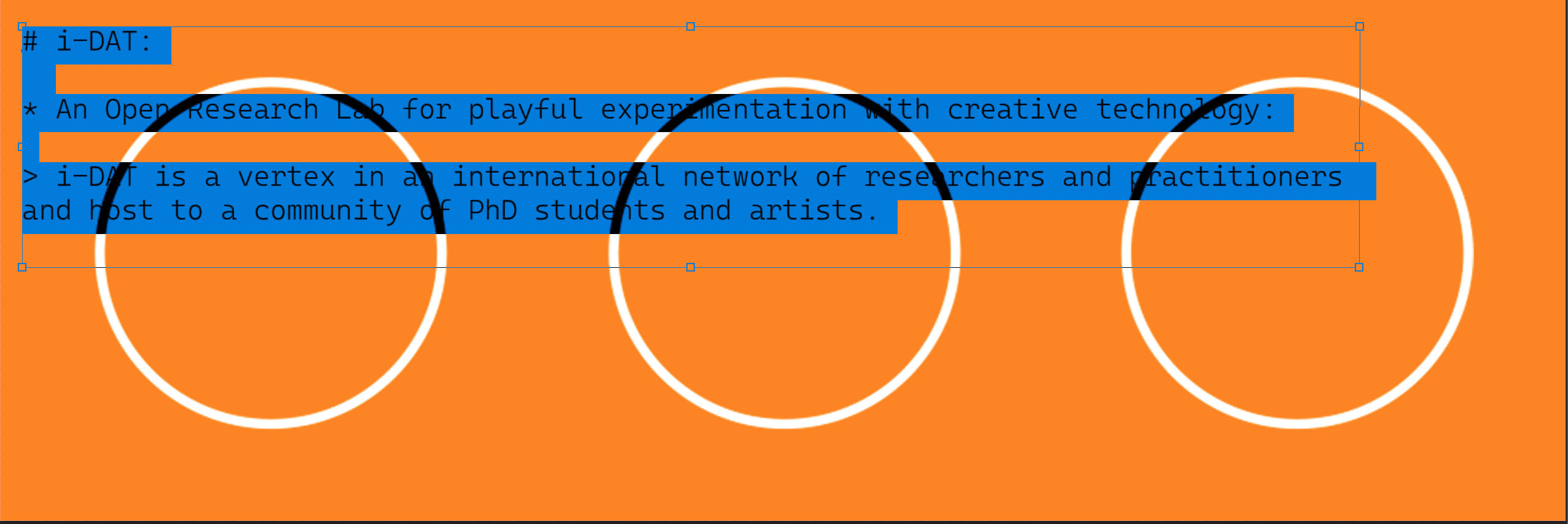
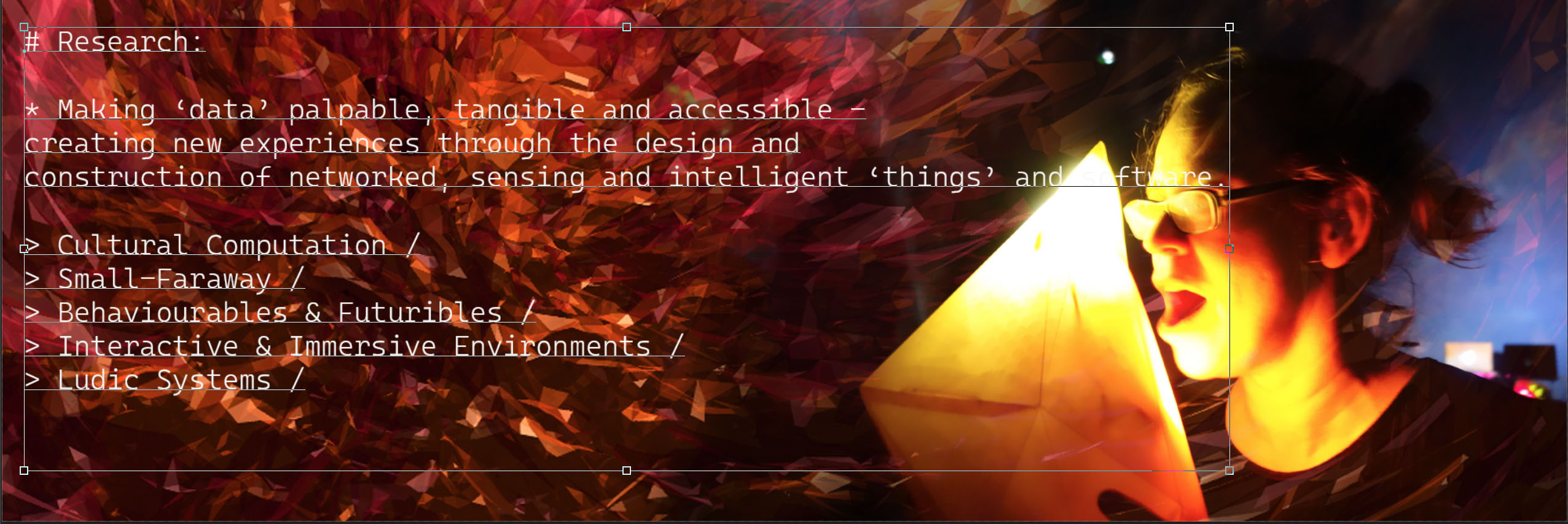
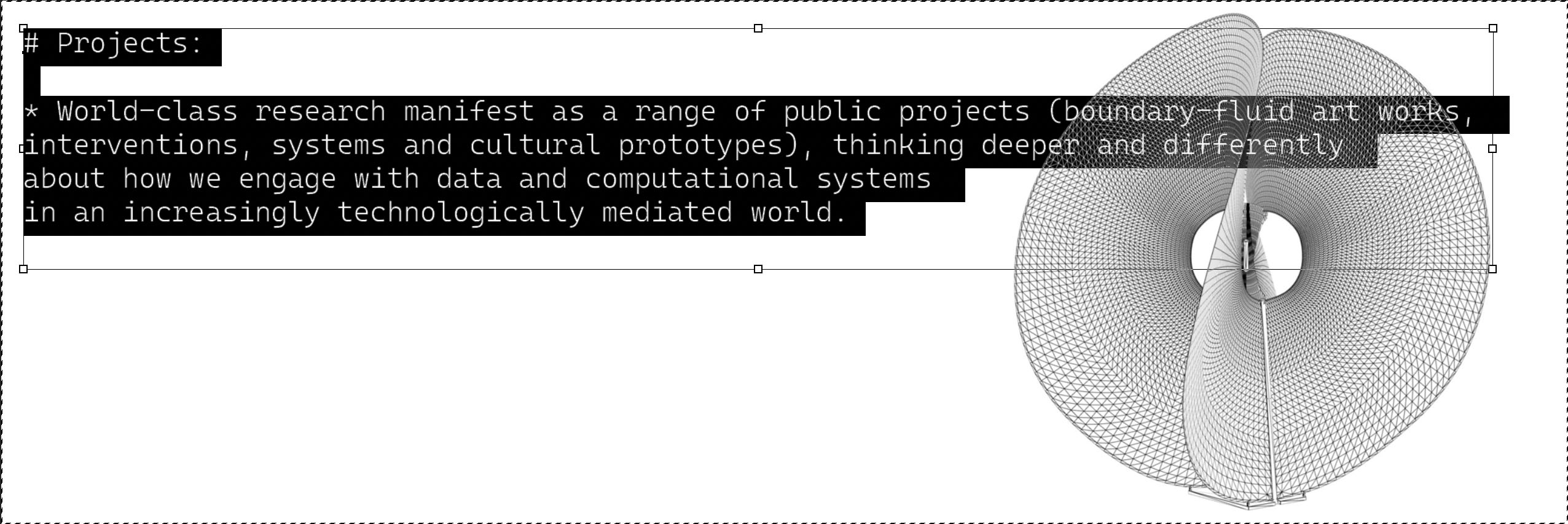
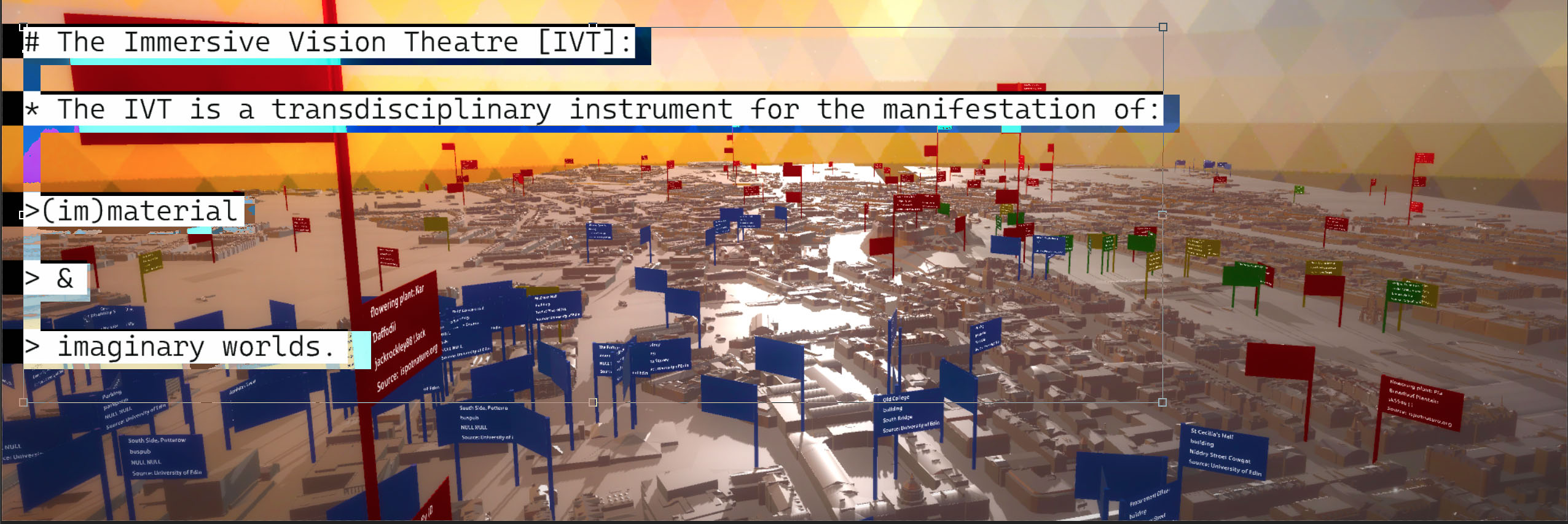
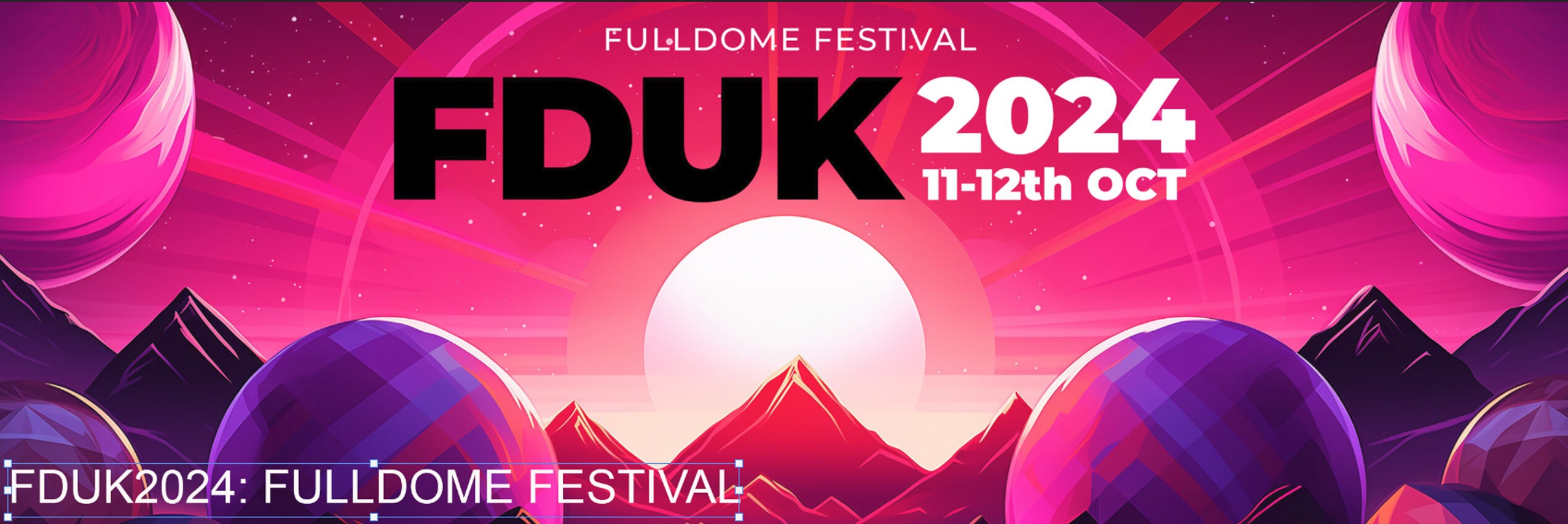
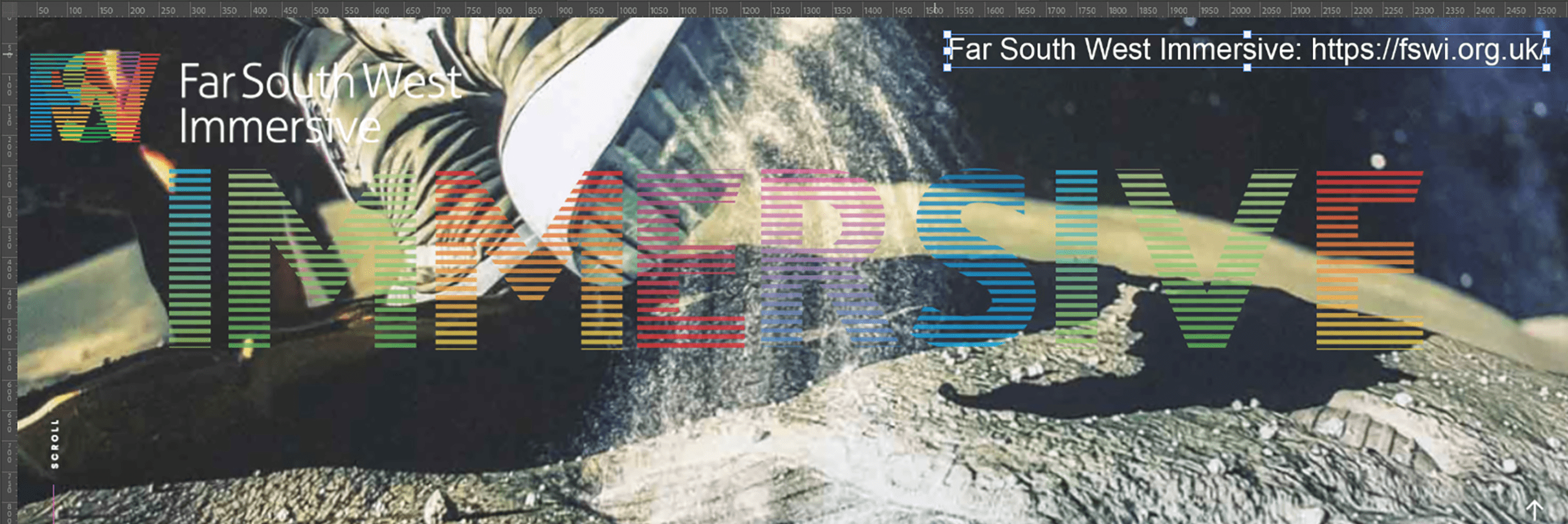
You must be logged in to post a comment.